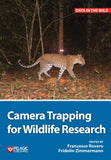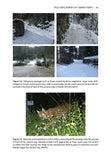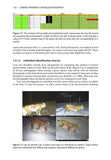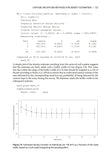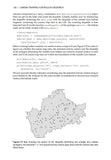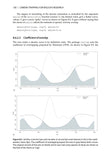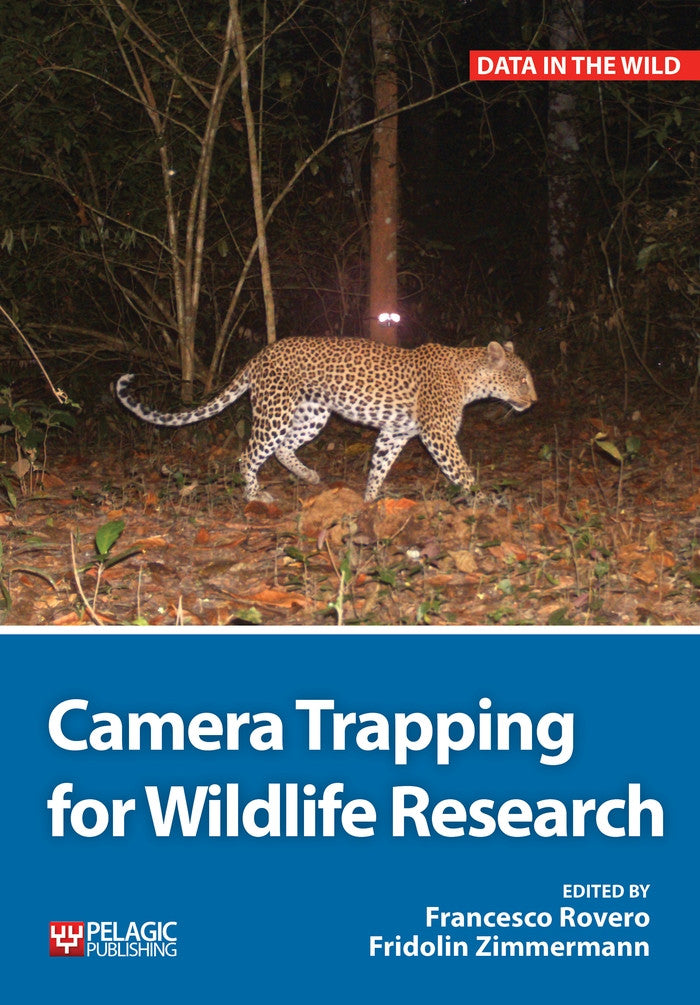
Camera Trapping for Wildlife Research
- A unique way of investigating the presence of animals and their behaviour
- A range of contributors provide thorough coverage of all aspects of the subject
- Covers sampling design, data management and much more
- This book is exactly what all field biologists need to have to learn about the current state of development of the technique.
—Prof Luigi Boitani
- camera trapping
- Conservation
- data analysis
- ecology
- photography
- trail camera
Trailer Video
Description
Camera trapping is a powerful and now widely used tool in scientific research on wildlife ecology and management. It provides a unique opportunity for collecting knowledge, investigating the presence of animals, or recording and studying behaviour. Its visual nature makes it easy to successfully convey findings to a wide audience.
This book provides a much-needed guide to the sound use of camera trapping for the most common ecological applications to wildlife research. Each phase involved in the use of camera trapping is covered:
- - Selecting the right camera type
- - Set-up and field deployment of your camera trap
- - Defining the sampling design: presence/absence, species inventory, abundance; occupancy at species level; capture-mark-recapture for density estimation; behavioural studies; community-level analysis
- - Data storage, management and analysis for your research topic, with illustrative examples for using R and Excel
- - Using camera trapping for monitoring, conservation and public engagement.
Each chapter in this edited volume is essential reading for students, scientists, ecologists, educators and professionals involved in wildlife research or management.
Readership
Students, scientists, ecologists, educators, wildlife professionalsTable of Contents
1. Introduction
2. Camera features related to specific ecological applications
3. Field deployment of camera traps
4. Camera trap data management and interoperability
5. Presence/absence and species inventory
6. Species-level occupancy analysis
7. Capture–recapture methods for density estimation
8. Behavioural studies
9. Community-level occupancy analysis
10. Camera trapping as a monitoring tool at national and global levels
11. Camera traps and public engagement
Appendices
Glossary
Index
Reviews
- An in-depth overview of the logistics of studies that use camera traps and provides numerous real-world examples of analyzing data collected by camera traps using contemporary approaches. I believe that the book is a must for wildlife researchers considering the use of camera traps. —Adam Duarte (Department of Fisheries and Wildlife, Oregon State University), Journal of Wildlife Management
- It is well-written, and its few images are well chosen to illustrate and clarify relevant concepts. The structure is sensible, taking the reader from introductory chapters about camera types, deployment and survey design through to more in-depth chapters describing how this information can be analysed and interpreted. —Mark Wilson, BTO About Birds
- The entire text is written with a direct approach, taking into account the real-world problems (and their solutions, that the Authors devised in several years of practice) occurring to anyone using camera trapping, from trapping scheme design to data analysis, not excluding new developments such as large-scale monitoring and citizen science. —Hystrix, Italian Journal of Mammalogy
- If you are surveying in a systematic way through trail cameras you will need to structure the sampling and analyse the results in methodical ways. It is here that a recent book from Pelagic Publishing, Camera Trapping for Wildlife Research, provides much use. With a scholarly approach and abundant references, the book has detailed advice on camera trapping for faunal inventories, occupancy studies, capture-recapture methods, and behavioural studies. The book excels in its detail on survey design, sampling design, and data management. There is an extended case study of Eurasian lynx abundance and density estimation in the NW Swiss Alps, while the behavioural studies section looks at Eurasian lynx scent marking as well as the tree rubbing behaviour of brown bears. —Rick Minter, ECOS
- "...a thorough, concise handbook on how to design and conduct a study involving camera traps. It would be very useful for both under- and post-graduates and for those, like me, who are new to the subject, so I thoroughly recommend it for a university library and for anyone who is considering using camera traps as a component of a study." —Siân Waters, Barbary Macaque Awareness & Conservation
About the Author
Francesco Rovero is an ecologist and conservation scientist with a PhD in animal ecology. He is currently the Curator for Tropical Biodiversity at MUSE Science Museum in Trento, Italy.
Fridolin Zimmermann is a carnivore conservation scientist with a PhD on Eurasian lynx conservation and ecology. He is currently coordinator of the large carnivore monitoring in Switzerland at Carnivore Ecology and Wildlife Management (KORA).
Collectively they have nearly 30 years of professional experience in the use of camera trapping for wildlife research, and have worked on a range of species, habitat and study types.
Bibliographic Information
 320 pages
320 pages - 40 colour and 13 b/w figures
- 11 tables
- BISAC PHO013000, SCI020000, SCI043000, NAT010000
- BIC AJR, PSAF, UNC






